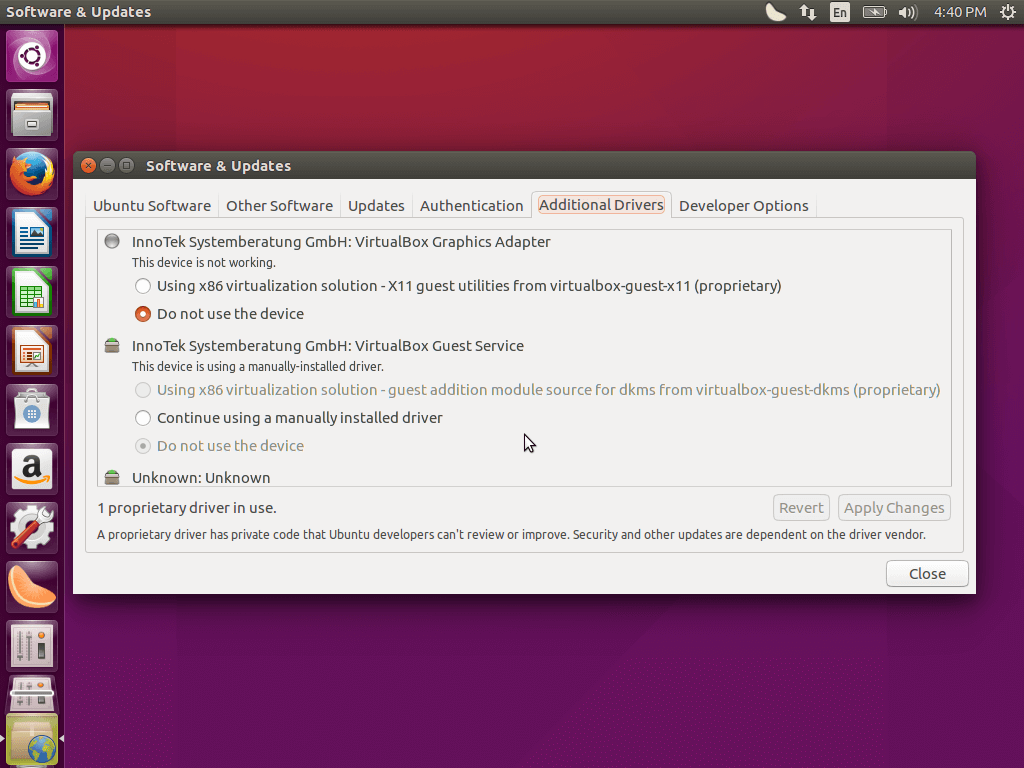
These devices usually require setting and managing a command queue in their own memory to dispatch commands to the GPU and also require management of buffers and free space within that memory. The Linux kernel already had an API called fbdev, used to manage the framebuffer of a graphics adapter, but it couldn't be used to handle the needs of modern 3D-accelerated GPU-based video hardware.

User-space programs can use the DRM API to command the GPU to do hardware-accelerated 3D rendering and video decoding, as well as GPGPU computing. DRM was first developed as the kernel-space component of the X Server Direct Rendering Infrastructure, but since then it has been used by other graphic stack alternatives such as Wayland and standalone applications and libraries such as SDL2 and Kodi. DRM exposes an API that user-space programs can use to send commands and data to the GPU and perform operations such as configuring the mode setting of the display.

The Direct Rendering Manager ( DRM) is a subsystem of the Linux kernel responsible for interfacing with GPUs of modern video cards.


 0 kommentar(er)
0 kommentar(er)
